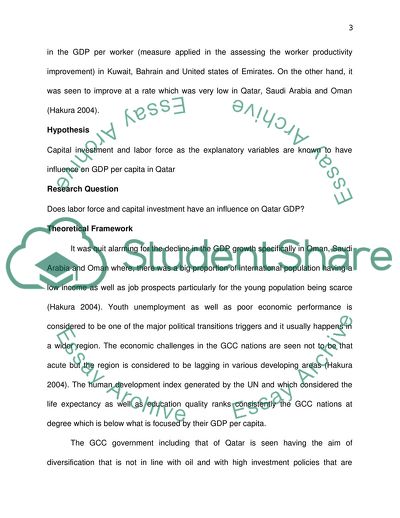Cite this document
(Determinants of GDP in Qatar Essay Example | Topics and Well Written Essays - 2500 words, n.d.)
Determinants of GDP in Qatar Essay Example | Topics and Well Written Essays - 2500 words. https://studentshare.org/finance-accounting/1873292-determinants-of-gdp-in-qatar
Determinants of GDP in Qatar Essay Example | Topics and Well Written Essays - 2500 words. https://studentshare.org/finance-accounting/1873292-determinants-of-gdp-in-qatar
(Determinants of GDP in Qatar Essay Example | Topics and Well Written Essays - 2500 Words)
Determinants of GDP in Qatar Essay Example | Topics and Well Written Essays - 2500 Words. https://studentshare.org/finance-accounting/1873292-determinants-of-gdp-in-qatar.
Determinants of GDP in Qatar Essay Example | Topics and Well Written Essays - 2500 Words. https://studentshare.org/finance-accounting/1873292-determinants-of-gdp-in-qatar.
“Determinants of GDP in Qatar Essay Example | Topics and Well Written Essays - 2500 Words”. https://studentshare.org/finance-accounting/1873292-determinants-of-gdp-in-qatar.


